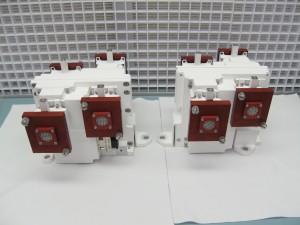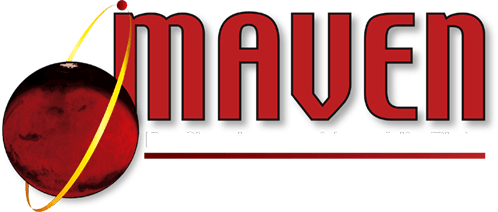
The Solar Energetic Particle (SEP) instrument is part of the Particles and Fields (P & F) Package and determines the impact of SEPs on the upper atmosphere.
Goals:
- Determine SEP input into the atmosphere as a function of altitude
- Determine SEP heating, ionization, and sputtering of upper atmosphere
- Detect the highest energy pickup ions (>30 to 100s of keV)
Observations:
- Characterize solar particles in an energy range that affects upper atmosphere and ionospheric processes (~120 – 200 km)
- Time resolution adequate to capture major SEP events (<1 hour)
Technical details and heritage:
- Two dual double-ended telescopes
- Four look directions per species, optimized for parallel and perpendicular Parker Spiral viewing
- Protons and heavier ions from ~25 keV to 12 MeV
- Electrons from ~25 keV to 1 MeV
- Energy fluxes 10 to 106 eV/cm2-sec-ster-eV
- Better than 50% energy resolution
- Heritage from (nearly identical to) SST on THEMIS
Instrument publication:
- The MAVEN Solar Energetic Particle Investigation
(Space Science Reviews article—published online November 2015)—Download PDF (5 MB)

Davin Larson (SSL) is the instrument lead for the SEP. For more about Larson, visit: http://bit.ly/dlarson.
MAVEN Science Community Workshop Presentation
(Dec. 2, 2012)

(3.7 MB PDF)

